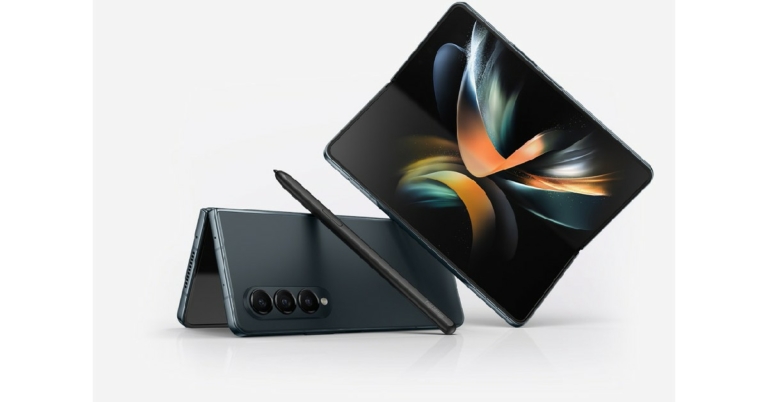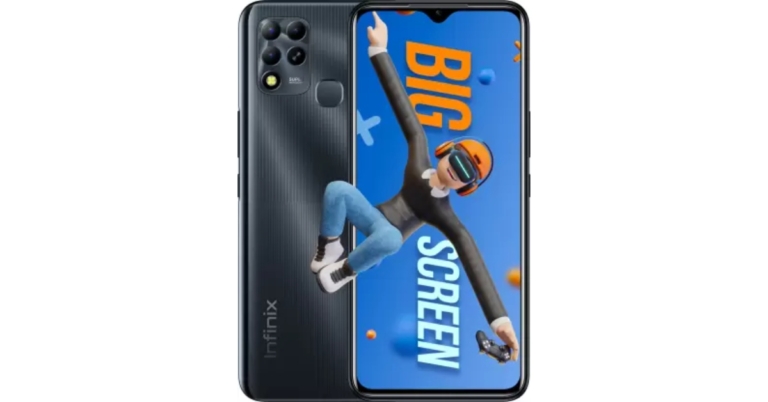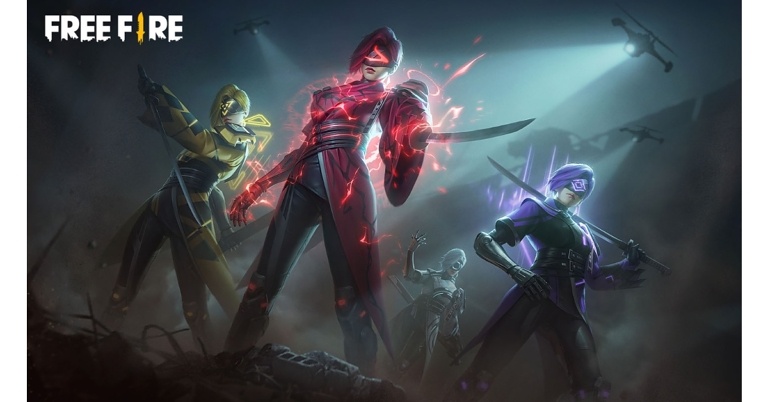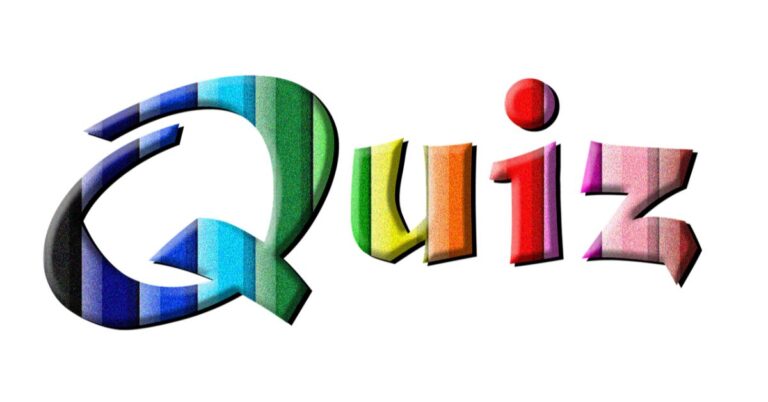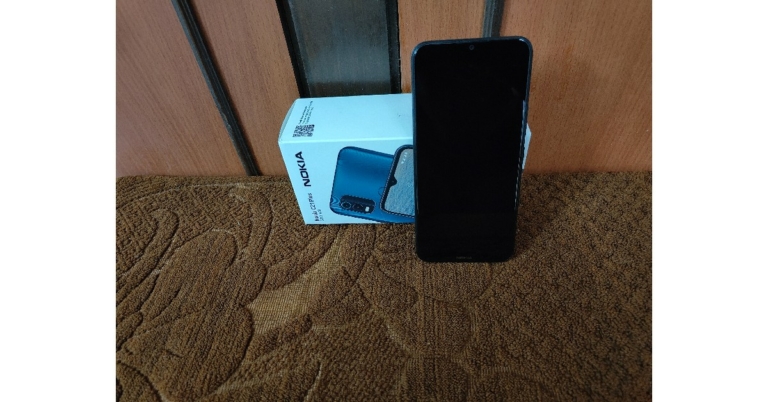In This Article
Nothing Phone 1 Review: Design and Display
We are aware that appreciating a design might be a matter of taste, but we admire the brand’s concept and they dared to try something new—or, as we like to say, NOTHING more than—SOMETHING out of the ordinary. The Nothing Phone has an exceptional design. When viewed from the sides, it will appear to be an iPhone 12 model, giving it the look and feel of an Apple phone—a highly daring move. The gadget definitely stands out and looks high-end and polished. And the translucent back design is undoubtedly flashy. The gadget has a boxy shape and metal frames that are made from recycled aluminium. However, we advise using it with the rear cover that comes packaged within the box. Our choice is white, which is actually our favourite colour because it looks much better than the black colour option.
Even when used without a case, the Nothing phone has a great grip and is not at all slippery. The gadget is easy to use with one hand because it is lightweight and pretty thin. A little more on the design, the phone has an IP53 rating, which is amazing considering that most smartphones, including those from premium brands like OnePlus and Vivo, lack this protection.
The gadget has a boxy shape and metal frames that are made from recycled aluminium. However, we advise using it with the rear cover that comes packaged within the box. Our choice is white, which is actually our favourite colour because it looks much better than the black colour option.
Even when used without a case, the Nothing phone has a great grip and is not at all slippery. The gadget is easy to use with one hand because it is lightweight and pretty thin. A little more on the design, the phone has an IP53 rating, which is amazing considering that most smartphones, including those from premium brands like OnePlus and Vivo, lack this protection.
 The power and volume buttons are located on either side of the frames. While the bottom part has a Type C port, speaker grille and a SIM tray slot.
The power and volume buttons are located on either side of the frames. While the bottom part has a Type C port, speaker grille and a SIM tray slot.
 The Nothing Phone 1’s Glyph interface is the one characteristic that distinguishes it from all other flagship phones, including iPhones. Among fans of smartphones, this particular feature has generated a lot of buzz, and believe us when we say it looks really gorgeous. Users can customise the lighting effects for certain contacts and other notifications on the phone’s back using the Glyph Interface. 900 LEDs were used to construct the Glyph Interface for this. Additionally, this may be turned off via the notification panel.
The Nothing Phone 1’s Glyph interface is the one characteristic that distinguishes it from all other flagship phones, including iPhones. Among fans of smartphones, this particular feature has generated a lot of buzz, and believe us when we say it looks really gorgeous. Users can customise the lighting effects for certain contacts and other notifications on the phone’s back using the Glyph Interface. 900 LEDs were used to construct the Glyph Interface for this. Additionally, this may be turned off via the notification panel.
 Numerous features, including custom ringtones, vibration, and lighting effects, can be changed from a separate settings menu. For certain contacts, you can even upload your own ringtones. The flip to glyph feature turns the phone face down so that the only thing that works is the glyph and there is no sound or vibration, which is once again really cool.
When a phone is plugged into a charger, the Glyph can also display the charge level of the phone by simply moving it about.
That being said, let’s discuss the display for the Nothing Phone 1 immediately. The Nothing Phone 1 has a 6.55-inch, 10-bit, 2,400 x 1,080 pixel resolution OLED display. The display features 402PPI, HDR10+, and a maximum brightness of 1200 nits. The Nothing phone (1)’s four sides each have a bezel that is the same size as the chin, which is usually thicker. The phone’s flexible OLED panel, a feature seen in only a few high-end flagship models, according to Pei, enables this.
Numerous features, including custom ringtones, vibration, and lighting effects, can be changed from a separate settings menu. For certain contacts, you can even upload your own ringtones. The flip to glyph feature turns the phone face down so that the only thing that works is the glyph and there is no sound or vibration, which is once again really cool.
When a phone is plugged into a charger, the Glyph can also display the charge level of the phone by simply moving it about.
That being said, let’s discuss the display for the Nothing Phone 1 immediately. The Nothing Phone 1 has a 6.55-inch, 10-bit, 2,400 x 1,080 pixel resolution OLED display. The display features 402PPI, HDR10+, and a maximum brightness of 1200 nits. The Nothing phone (1)’s four sides each have a bezel that is the same size as the chin, which is usually thicker. The phone’s flexible OLED panel, a feature seen in only a few high-end flagship models, according to Pei, enables this.
 While watching HDR videos, the peak brightness only reaches 1,200 nits, compared to the typical usage peak brightness of 500 nits. The videos played on this phone have incredibly vivid colours and brightness. The touch reaction rate is 240Hz, and the haptic feedback is excellent.
When compared to other smartphones, the bottom-firing speaker on the Nothing Phone 1 is fairly loud.
While watching HDR videos, the peak brightness only reaches 1,200 nits, compared to the typical usage peak brightness of 500 nits. The videos played on this phone have incredibly vivid colours and brightness. The touch reaction rate is 240Hz, and the haptic feedback is excellent.
When compared to other smartphones, the bottom-firing speaker on the Nothing Phone 1 is fairly loud.
Nothing Phone 1 Review: Performance and Camera
The Nothing Phone 1 runs on Nothing OS, an Android 12 OS clone that essentially offers the stock Android experience with a few tweaks. It includes four years of security updates delivered once every two months in addition to three years of software updates. You do receive a stock Android experience, as we previously stated, but the notification panel has also undergone minimal adjustment. You can see two sizable rings that are provided separately on the top for Bluetooth and network connectivity. Additionally, you can receive custom widgets in the striking dot matrix font. Notably, the settings and camera may both be seen using this font style . To get your most important apps or folders displayed on the home screen, you may also have your icons and folders enlarged. Nothing OS is truly the most bloatware-free and pristine piece of software we have ever encountered. The gadget has a remarkably small number of pre-installed apps. Also quick and slick is the animation response. Since using this phone as our main device, we haven’t had any app crashes or lags.
When it comes to performance, the Snapdragon 778G+ is what the Nothing Phone 1 is equipped with. The graphics needs are handled by an Adreno 642L GPU. Additionally, it offers up to 12GB of LPDDR5 RAM and 256GB of UFS 3.1 storage. It absolutely delivers when it comes to everyday use, including gaming. The nicest aspect is that it doesn’t overheat when gaming or throttle excessively.
You can put your phone on DND by using the specific game mode on the device. Numerous graphically demanding games, like Call of Duty, may be played on a smartphone. We played it on the highest and highest settings.
The smartphone contains an optical fingerprint sensor that is both quick and reliable. Additionally, you get support for face unlocking with the front camera and another option to unlock with a mask, which is a function that is only available on iPhones.
When it comes to cameras, the Nothing Phone 1 just offers a dual back camera arrangement without any unnecessary sensors. As we previously mentioned, we used this as our main phone while conducting the testing, and every time we went outside, numerous individuals approached us and inquired about the phone’s (iPhone) cover. Despite having a completely different appearance, the camera module gives it an iPhone 12-like sensation.
A second 50MP Samsung JN1 ultrawide sensor with a 140-degree field of view and an additional 50MP Sony IMX766 sensor with OIS and EIS make up the camera module. Up to 4K footage can be captured using the gadget. The 16MP Sony IMX471 sensor on the front camera has a /2.45 aperture and is intended for selfies and video calls.
To get your most important apps or folders displayed on the home screen, you may also have your icons and folders enlarged. Nothing OS is truly the most bloatware-free and pristine piece of software we have ever encountered. The gadget has a remarkably small number of pre-installed apps. Also quick and slick is the animation response. Since using this phone as our main device, we haven’t had any app crashes or lags.
When it comes to performance, the Snapdragon 778G+ is what the Nothing Phone 1 is equipped with. The graphics needs are handled by an Adreno 642L GPU. Additionally, it offers up to 12GB of LPDDR5 RAM and 256GB of UFS 3.1 storage. It absolutely delivers when it comes to everyday use, including gaming. The nicest aspect is that it doesn’t overheat when gaming or throttle excessively.
You can put your phone on DND by using the specific game mode on the device. Numerous graphically demanding games, like Call of Duty, may be played on a smartphone. We played it on the highest and highest settings.
The smartphone contains an optical fingerprint sensor that is both quick and reliable. Additionally, you get support for face unlocking with the front camera and another option to unlock with a mask, which is a function that is only available on iPhones.
When it comes to cameras, the Nothing Phone 1 just offers a dual back camera arrangement without any unnecessary sensors. As we previously mentioned, we used this as our main phone while conducting the testing, and every time we went outside, numerous individuals approached us and inquired about the phone’s (iPhone) cover. Despite having a completely different appearance, the camera module gives it an iPhone 12-like sensation.
A second 50MP Samsung JN1 ultrawide sensor with a 140-degree field of view and an additional 50MP Sony IMX766 sensor with OIS and EIS make up the camera module. Up to 4K footage can be captured using the gadget. The 16MP Sony IMX471 sensor on the front camera has a /2.45 aperture and is intended for selfies and video calls.


 The primary sensor captures incredibly fine, clear images that appear extremely realistic. It also captures the most true-to-life colours without oversaturating them. The photographs have a terrific contrast and a strong dynamic range.
The primary sensor captures incredibly fine, clear images that appear extremely realistic. It also captures the most true-to-life colours without oversaturating them. The photographs have a terrific contrast and a strong dynamic range.




 In terms of portraits, both rear-facing shots and selfies preserve details, and the colour and background separation are also flawless and natural. The ultrawide sensor captures clear, detailed images in daylight as well.
In terms of portraits, both rear-facing shots and selfies preserve details, and the colour and background separation are also flawless and natural. The ultrawide sensor captures clear, detailed images in daylight as well.




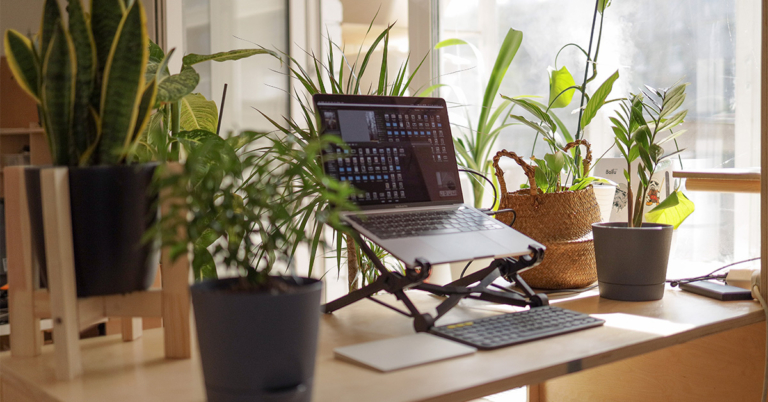

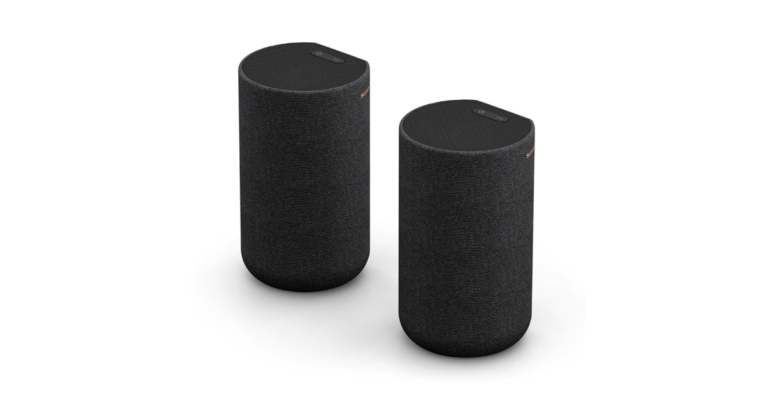

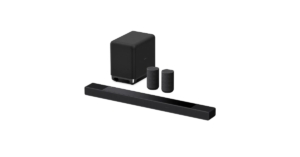
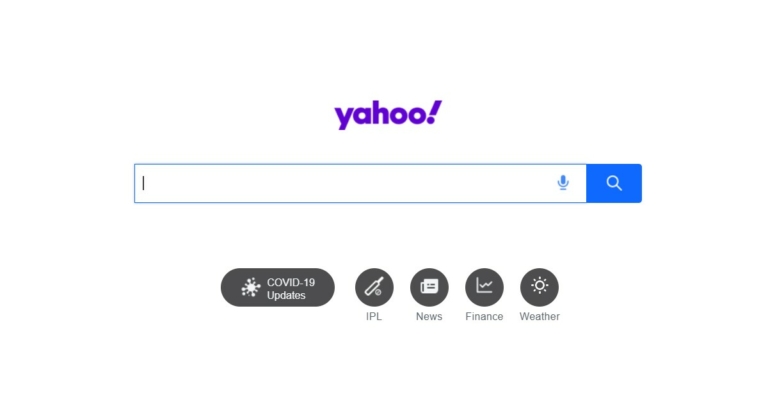
 Step 4:
Step 4: Step 5:
Step 5:

 Step 4:
Step 4:






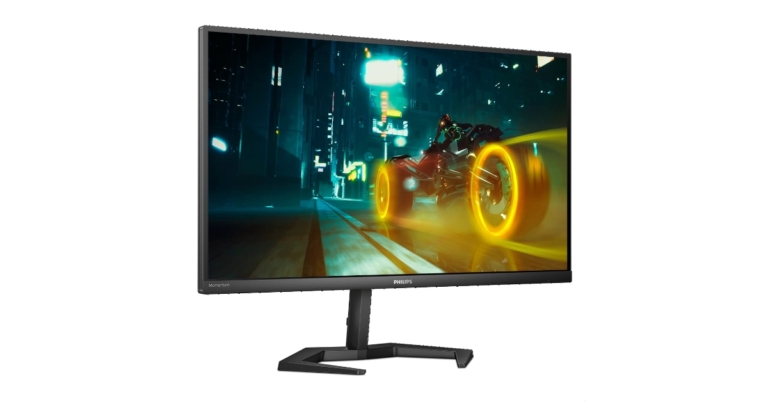
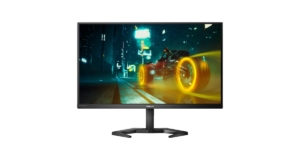

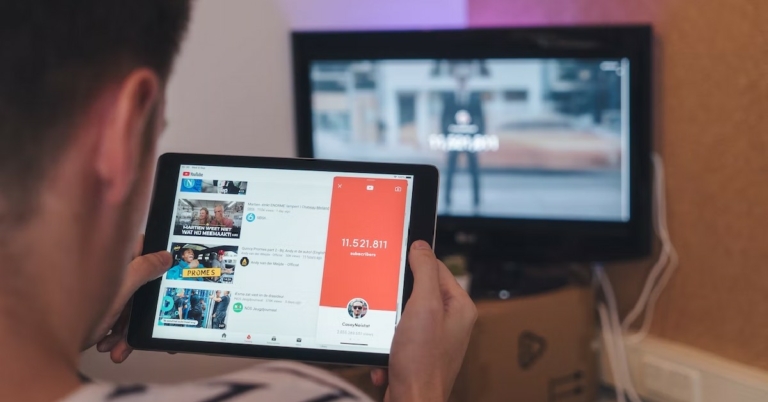










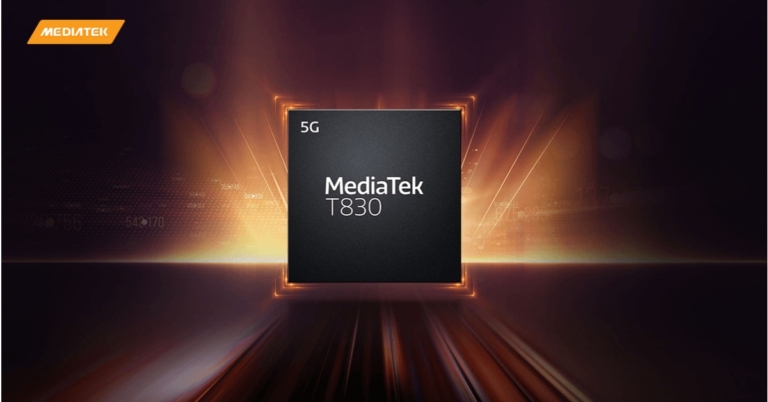
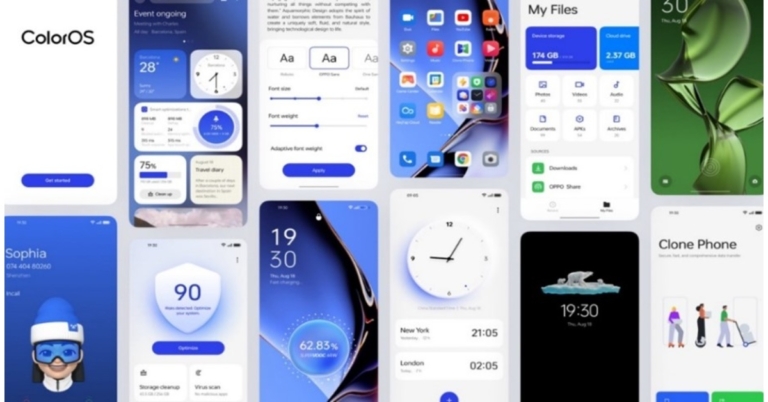

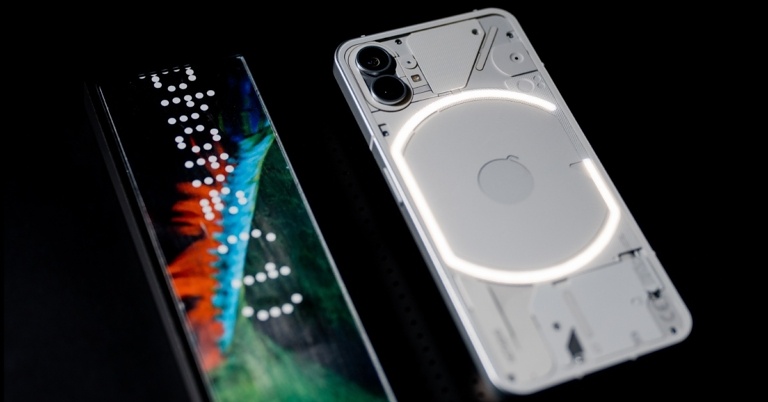

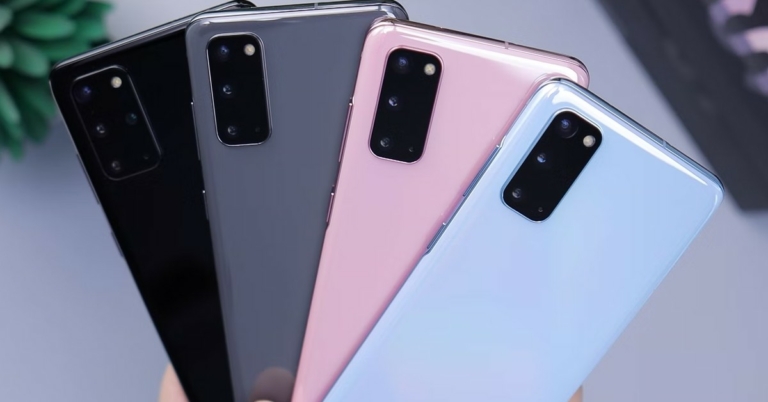
 Price:
Price: Price
Price Price
Price Price
Price Price
Price Price
Price Price
Price Price
Price Price:
Price: Price
Price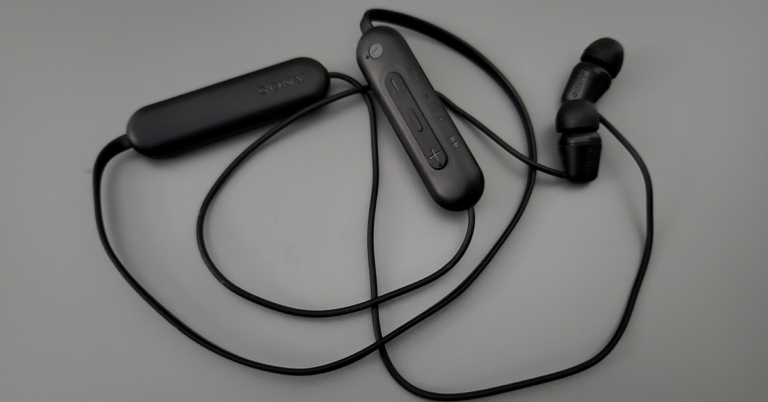
 The build quality of the Sony WI-C100 wireless earphones is quite nice. You get 9MM audio drivers inside a sturdy enclosure which is connected to a robust wire and battery pods, and a thick neckband. The Sony branding can be found on the right battery pod, while the microphone along with volume and power buttons can be found on the left one.
The build quality of the Sony WI-C100 wireless earphones is quite nice. You get 9MM audio drivers inside a sturdy enclosure which is connected to a robust wire and battery pods, and a thick neckband. The Sony branding can be found on the right battery pod, while the microphone along with volume and power buttons can be found on the left one.
 The Sony WI-C100 wireless earphones are also IPX4 rated, which means nothing will happen to them if light water splashes or sweat falls on them. We took them out our for a run in light rain and nothing went wrong. Just make sure the USB charging point on the left pod is secured with the supplied rubber gasket.
The Sony WI-C100 wireless earphones are also IPX4 rated, which means nothing will happen to them if light water splashes or sweat falls on them. We took them out our for a run in light rain and nothing went wrong. Just make sure the USB charging point on the left pod is secured with the supplied rubber gasket.



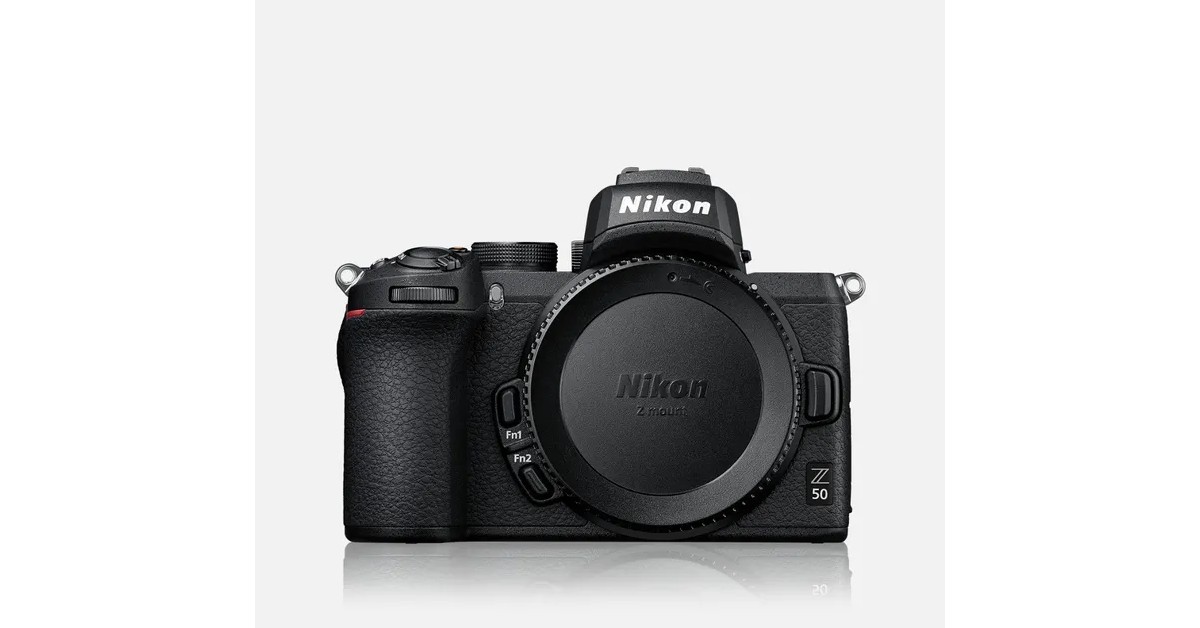 Price:
Price: Price:
Price: Price:
Price: Price:
Price: Price:
Price:

